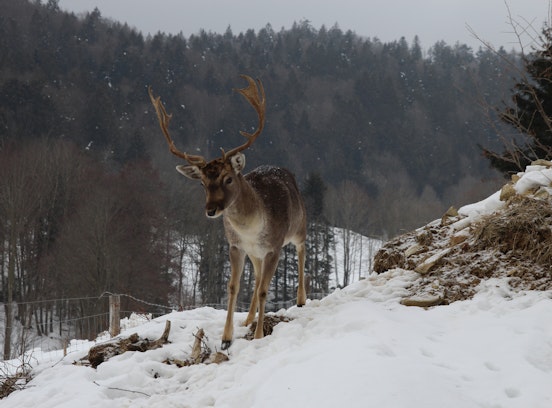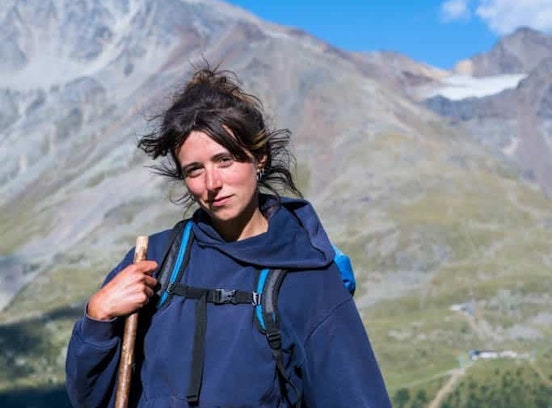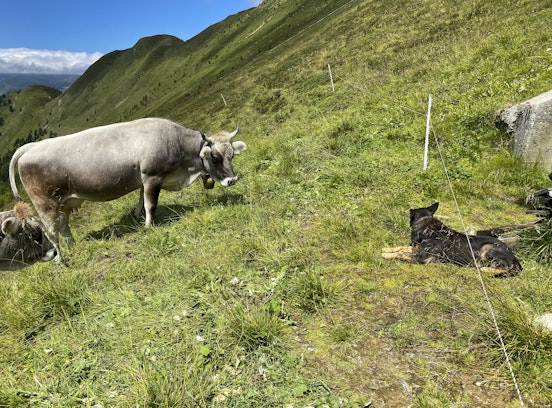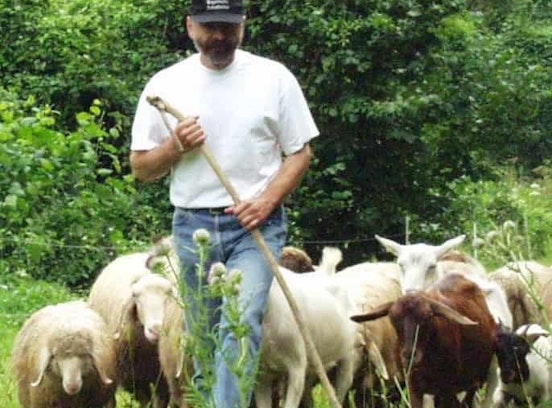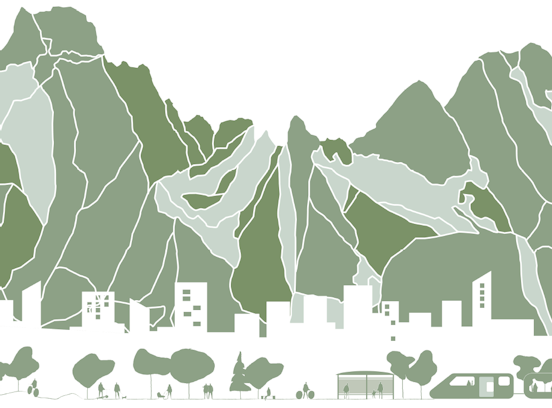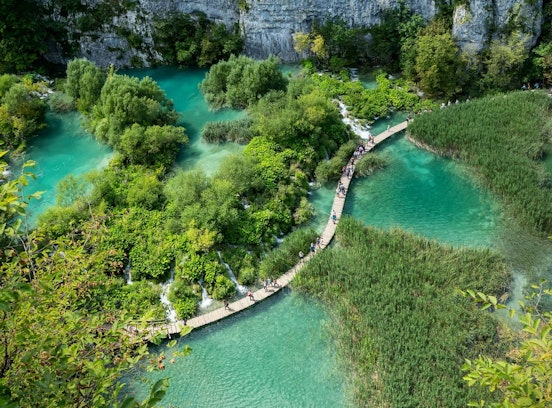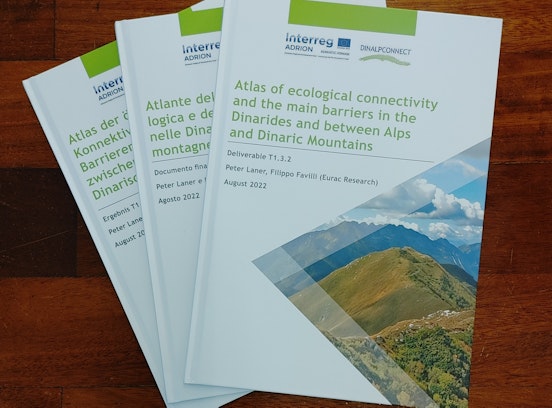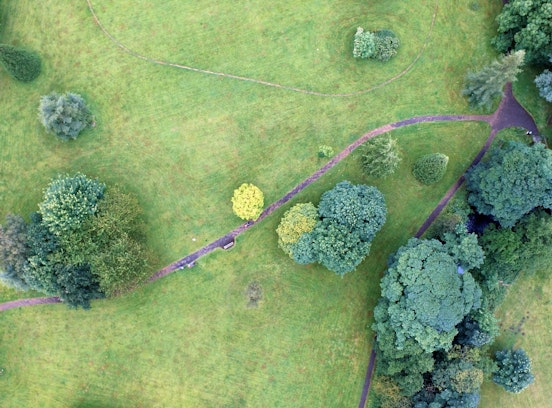Institute for Regional Development - News & Events - What does the future hold for snow tourism destinations at low altitudes?
What does the future hold for snow tourism destinations at low altitudes?
Eurac Research is leading a three-year European research project to support tourism areas in the Alpine region.
- Deutsch
- English
- Italiano
A lack of precipitation and temperatures that are too high for the time of year are currently a cause for concern. People who work in administration or tourism in snow tourism destinations or who make a living from winter tourism are concerned about the future. Research can help provide answers to some of the questions: for example, by providing data for realistic scenarios that take into account both the ecological and socio-economic aspects and show alternative development possibilities for these areas. The three-year research project BeyondSnow, involving 13 European partners, is coordinated by Eurac Research.
Over the past fifty years, the duration of the snow season in the Alps has shortened by an average of 22 to 34 days in areas below 2,000 metres altitude. It tends to snow later and the snow melts before the beginning of spring. These data emerge from a 2021 study led by Eurac Research, in which a research team analysed uniform snow data from a total of 2,000 measuring stations in the Alpine region for the first time. The research results are extremely relevant for snow tourism destinations. They flow into the BeyondSnow project, in which ten pilot areas of the Alpine Space are working together with project partners from research to understand how - despite climate change - the attractiveness of snow tourism destinations can be maintained or even increased for the local population as well as guests. The aim of BeyondSnow is to develop sustainable tourism models that are not dependent on snow conditions. In the long term, the participants want to develop recommendations that can be transferred to all snow tourism destinations at lower altitudes. As a first step, the researchers will map the Alpine region and show how susceptible each area is to diminishing snow reliability. This assessment is based on both climatic and morphological data. In order to draw an overall picture of the socio-economic structure of snow tourism destinations, lift facilities, infrastructures, and the respective economic and social situation are also taken into account. This information will then be used to develop a digital tool that will support the destinations in future decision-making processes.
In Italy, four pilot areas are involved in the project: Piani d'Erna (Lombardy), Monesi di Triora (Liguria), Ala di Stura e Balme (Piedmont) and Pradibosco (Friuli Venezia Giulia). In addition to Eurac Research as coordinator of the project, IDM, the Institute for Economic Promotion of the Bolzano Chamber of Commerce (WIFO) and the International Organisation for Transportation by Rope (OITAF) are also involved as project observers. In the future, discussion events with local stakeholders are planned to find out how the project results can also be transferred to South Tyrol's snow tourism destinations at low and medium altitudes.

